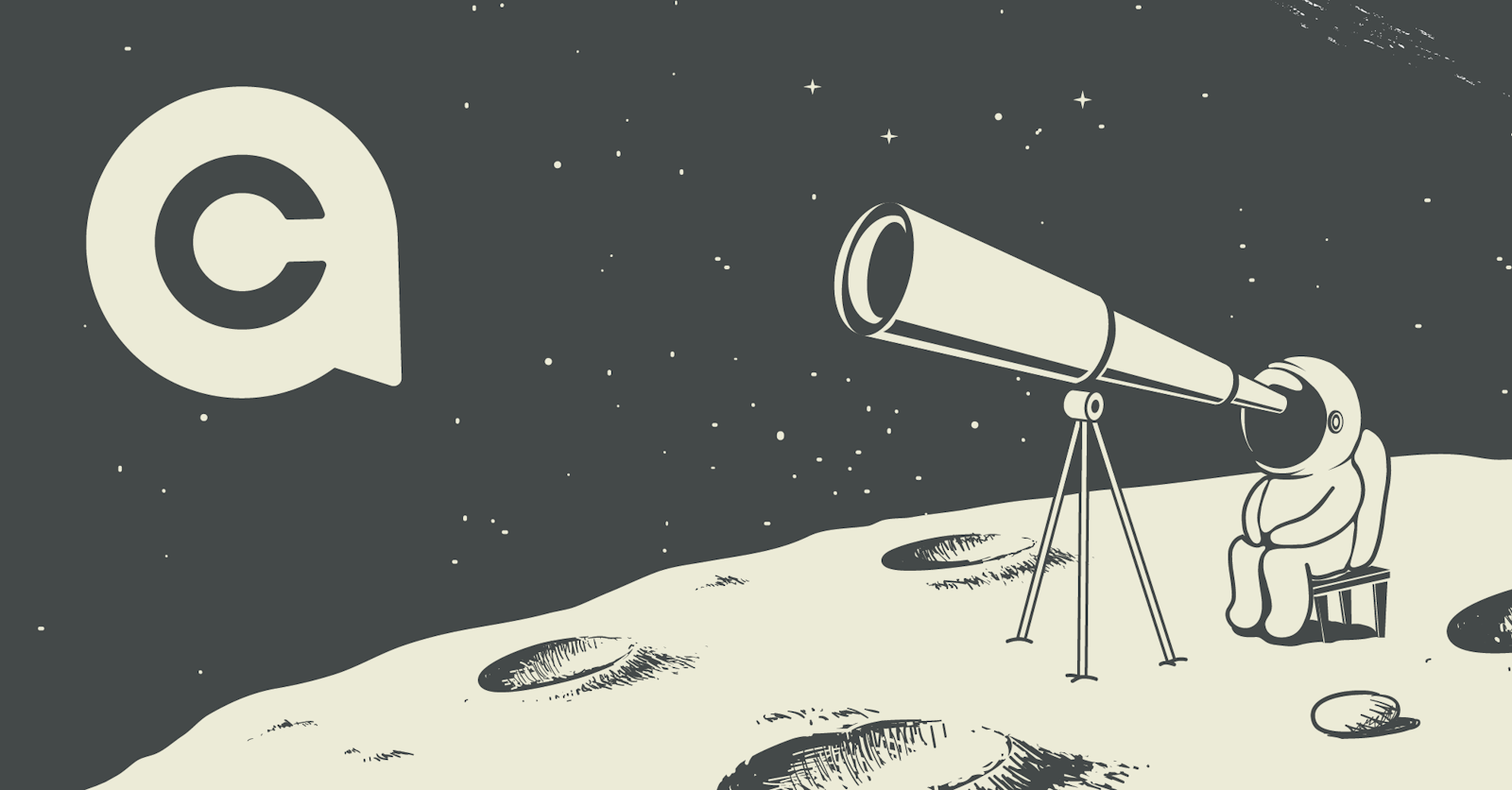Research is as research does

A serious series on research.
The effort to know more is certainly human and knowing more about our fellow humans is always an engaging challenge. We have, from our founding, been a research first firm and it shows in the longevity, results and positive outcomes we’ve produced for our clients.
We have been observing the world of branding and design through a magnifying glass for over 22 years now and almost all of our efforts contain some form of research to inform more satisfying project outcomes. Hence, it is easy to say we’ve seen, studied, documented and analyzed a lot of research. If you're curious about the intersection between people and brands, this series will be intriguing to you.
This three part blog series is written for those inclined towards inquisitiveness, taking you on a journey through some of Capsule’s most epic and sometimes historical research efforts. We will start with the basics, like admitting there’s a knowledge gap. At a human level, asking Alexa or putting a query into Google is conducting research and an act of admitting you don’t know. It isn’t an easy place to start, but by putting out a query for research, you’re admitting ignorance. Yet, it is one of the healthiest things a brand can do. Starting off with a simple query is easily compared to making the appointment to see your general practitioner.
Here are the larger areas we’ll cover in the series.
Methodologies. The practices used to gather knowledge can vary greatly from ethnographic year-long studies of human behaviors to quick online surveys to check on a particular part of an experience. The best way to look at methodologies is a balancing act between effectiveness and efficiency. What is the most consistent (repeatable) way to gather the knowledge sought, based on the objectives outlined? What is the most efficient way (least time and dollars spent) to gather the knowledge? Each of these can be examined through a variety of lenses -- which we will do.
Things to study. Gaps in knowledge might be the simple answer, but in reality, these “gaps” may look more like canyons if we’re being honest with ourselves. Reframed, the things to study can be categorized into these areas, inanimate objects (box, product, building, etc), behaviors (interactions, movements, and generally human beings, doing), and belief systems (motivators, viewpoints, decision matrices, cultural views, etc.). In many cases a study includes all three of these, in proportion to the objectives, methodologies and expected learnings.
Outcomes. What can this knowledge be used for, to the distinct advantage of the brand owners, retailers, community and even the average consumer? The outcomes from any research effort should tie directly back to the objectives, but when you’re heading into the field with ears and eyes wide open, it is good to bring back other important bits of knowledge. We will explore in this third post of the series, what you should expect to learn from a properly designed research effort.
These three form a solid set of pillars to start planning for a research effort. If you know the answers to everything, research isn’t for you. For those of you who are not omniscient, great research can poke holes in preconceived notions, contrast commonly held beliefs and spotlight the counterintuitive. Relationships with customers, relevance, adaptability and many other brand behaviors are made better with proper research.


